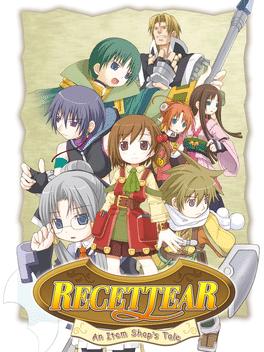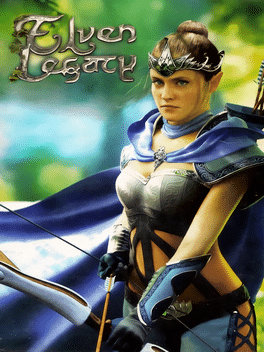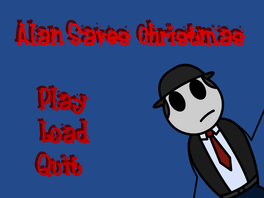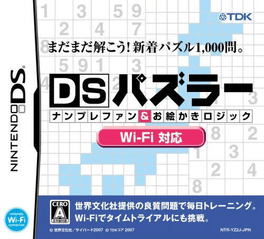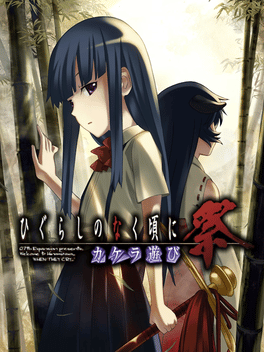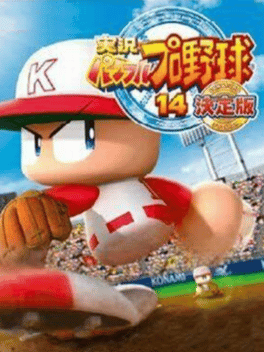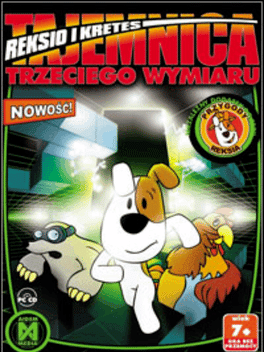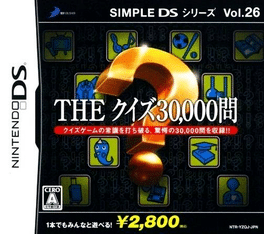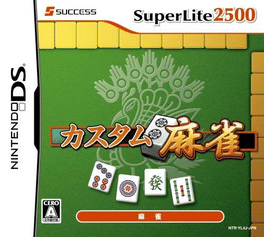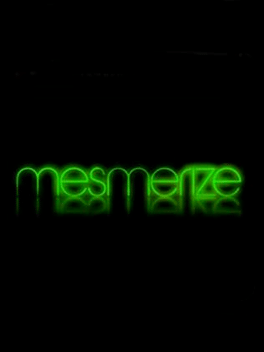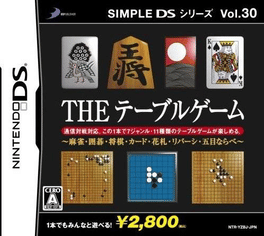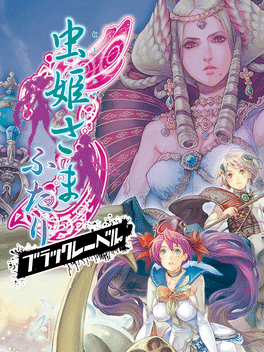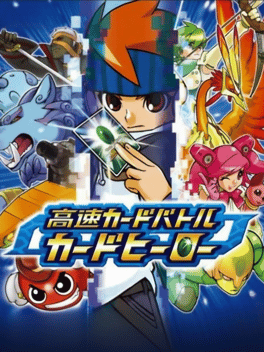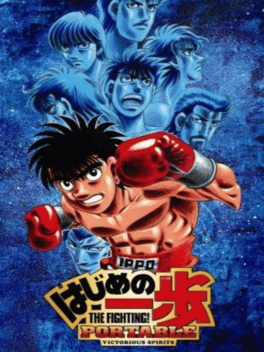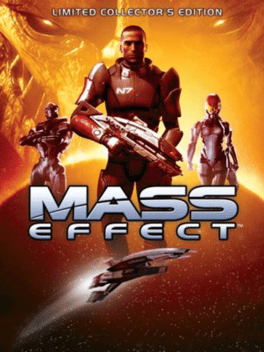New Games - Page 10041
-
Recettear: An Item Shop's Tale
2007
star 7.2Recettear is the story of an item shop, the girl who lives in it, and the fairy who turned her life upside down. Recette Lemongrass finds herself in charge of an item shop built into her house, in order to pay back a loan her father took and then skipped out on - and Tear, her newfound fairy "companion", won't take no for an answer! As Recette, you have to decide how you'll get your stock - either through playing the markets in town or going out into the wild with an adventuring friend and thrashing beasts until they give up the goodies - how much to sell things for, what the shop should look like, and how to best go about getting the money Tear needs to pay off the loan. If you can't come up with the money... well, hope you like living in a cardboard box. -
Elven Legacy
2007
Elven Legacy
2007
star 4.5The shadows of destruction begin to loom on the horizon once a human mage uncovers a dark and powerful secret dating back to the remote past of the Elven race. -
Alan Saves Christmas
2007
Alan Saves Christmas
2007
A mild-mannered accountant called Alan tries to find out why Santa isn't delivering toys this year -
Higurashi no Naku Koro ni Matsuri: Kakera Asobi
2007
Higurashi no Naku Koro ni Matsuri: Kakera Asobi is a standalone expansion for Higurashi no Naku Koro ni Matsuri that includes some content from Matsuribayashi, an improved flowchart, and full voice acting for scenes that were previously unvoiced. -
Reksio i Kretes: Tajemnica Trzeciego Wymiaru
2007
A mysterious buzz in the middle of the night puts Reksio, Kretes and the Inventor Rooster on their feet. The friends, regardless of the danger, set out on a scouting journey. Soon it turns out that a powerful Black Monolith has grown in the clearing in the forest. Kretes touches its surface and at once all three heroes are drawn into the depths of the third dimension. -
Simple DS Series Vol. 29: The Sports Daishuugou - Yakyuu-Tennis-Volleyball-Futsal-Golf
2007
Baseball, Tennis, Volleyball, Futsal, Golf! Enjoy with this one!! Popular sports in a large set! -
Simple DS Series Vol. 26: The Quiz 30,000-Mon
2007
The Quiz 30000-Mon is a Miscellaneous game, developed by Luxe and published by D3Publisher, which was released in Japan in 2007. -
Custom Mahjong
2007
-
Let's Pilates
2007
Let's Pilates
2007
INCREASE YOUR STRENGTH AND FLEXIBILITY! Learn how to do Pilates and keep up with your training wherever you go! -
Crimson Room
2007
Crimson Room
2007
A collection of four escape room games originally made in Adobe Flash by Toshimitsu Takagi, ported and published on the DS by Success in 2007. It contains Crimson Room, Viridian Room, Blue Chamber, and White Chamber, and revamps the puzzles therein. -
Mesmerize: Distort
2007
Mesmerize: Distort
2007
Mesmerize is an Interactive art game developed by London Studio in association with Playlogic Entertainment for the PlayStation 3 platform, which utilizes the PlayStation Eye camera peripheral. -
Simple DS Series Vol. 30: The Table Game
2007
Includes rule explanations so even beginners can dive right in! Rules and how-tos are included for each game. It's perfect for anyone, whether you're a brand new player or a veteran that needs a brush up. -
Mushihime-sama Futari: Black Label
2007
A vertical shoot 'em up developed by Cave and released in 2007. -
Myself; Yourself
2007
Myself; Yourself
2007
Myself; Yourself is a visual novel romantic adventure game based on the light novel (followed by an anime) with the same name released earlier the same year. The game is set in a fictional rural town called Sakuranamori, which is suited near the ocean coast. The story offers two scenarios, one played as a Sana Hidaka, a 16-year old high-school student who returns to his hometown after five years, reuniting with his friends and noticing changes in places and people alike. The other chapter follows the story of Shusuke Wakatsuki, a childhood friend of Sana who is living in Sakuranamori with his twin sister Shuri. Two stories will vary in mood and style as both of them have different personalities, and romantic partners for both of them will be different heroines. -
Mass Effect: Limited Collector's Edition
2007
This Limited Edition includes an artbook, a fiction book, and a DVD with exclusive video content about Mass Effect. Set 200 years in the future in an epic universe, Mass Effect places gamers in a vast galactic community in danger of being conquered by a legendary agent gone rogue. A spectacular new vision from legendary developers BioWare, Mass Effect challenges players to lead a squad of freedom fighters as they struggle against threatening armies to restore peace in the land. Mass Effect is the first in a trilogy of games with an overarching story. As the first human Specter – sworn defenders of galactic peace – your mission is to halt the advancing armies of a legendary agent gone rogue. But as you lead your elite team across hostile alien worlds, you will discover the true threat is far greater than anyone imagined.

